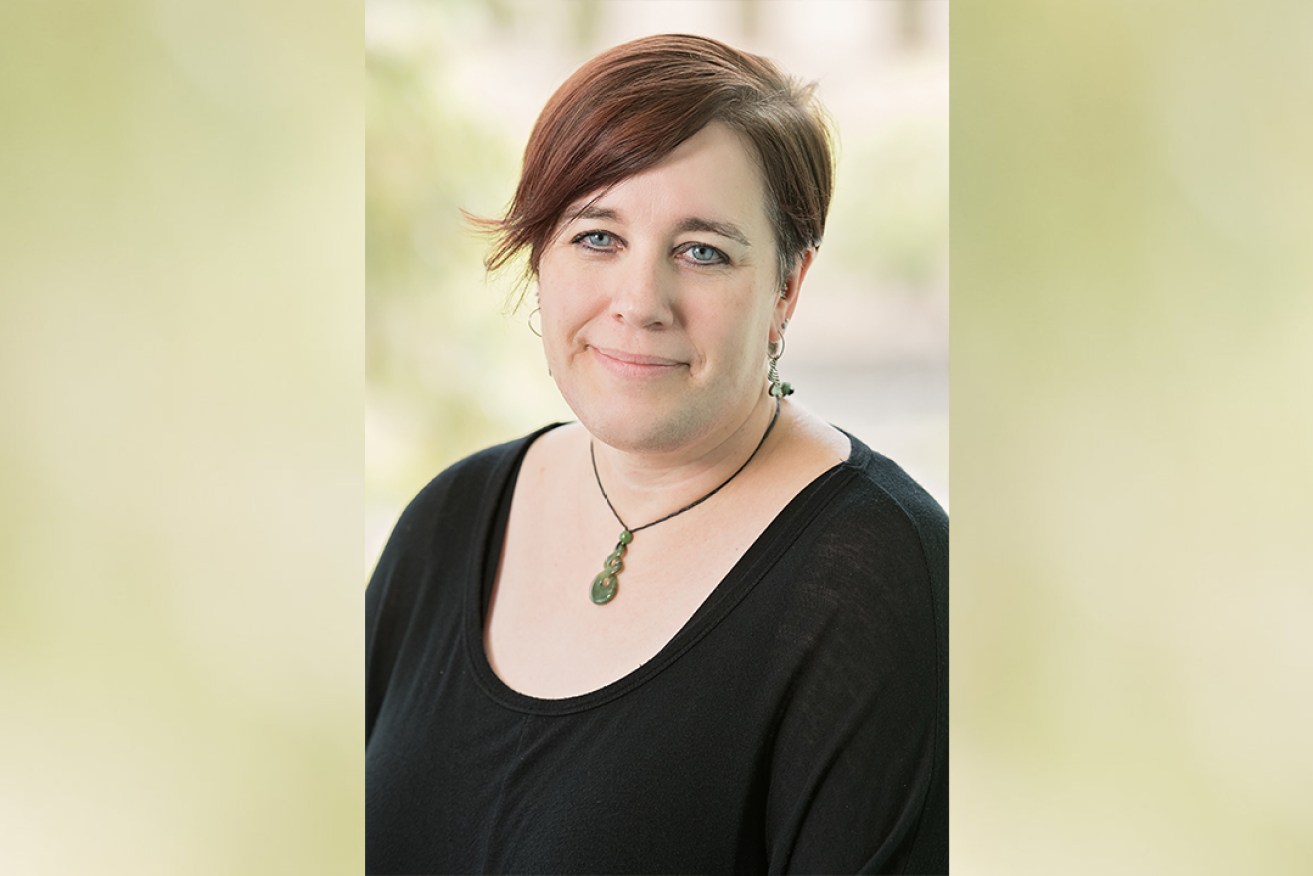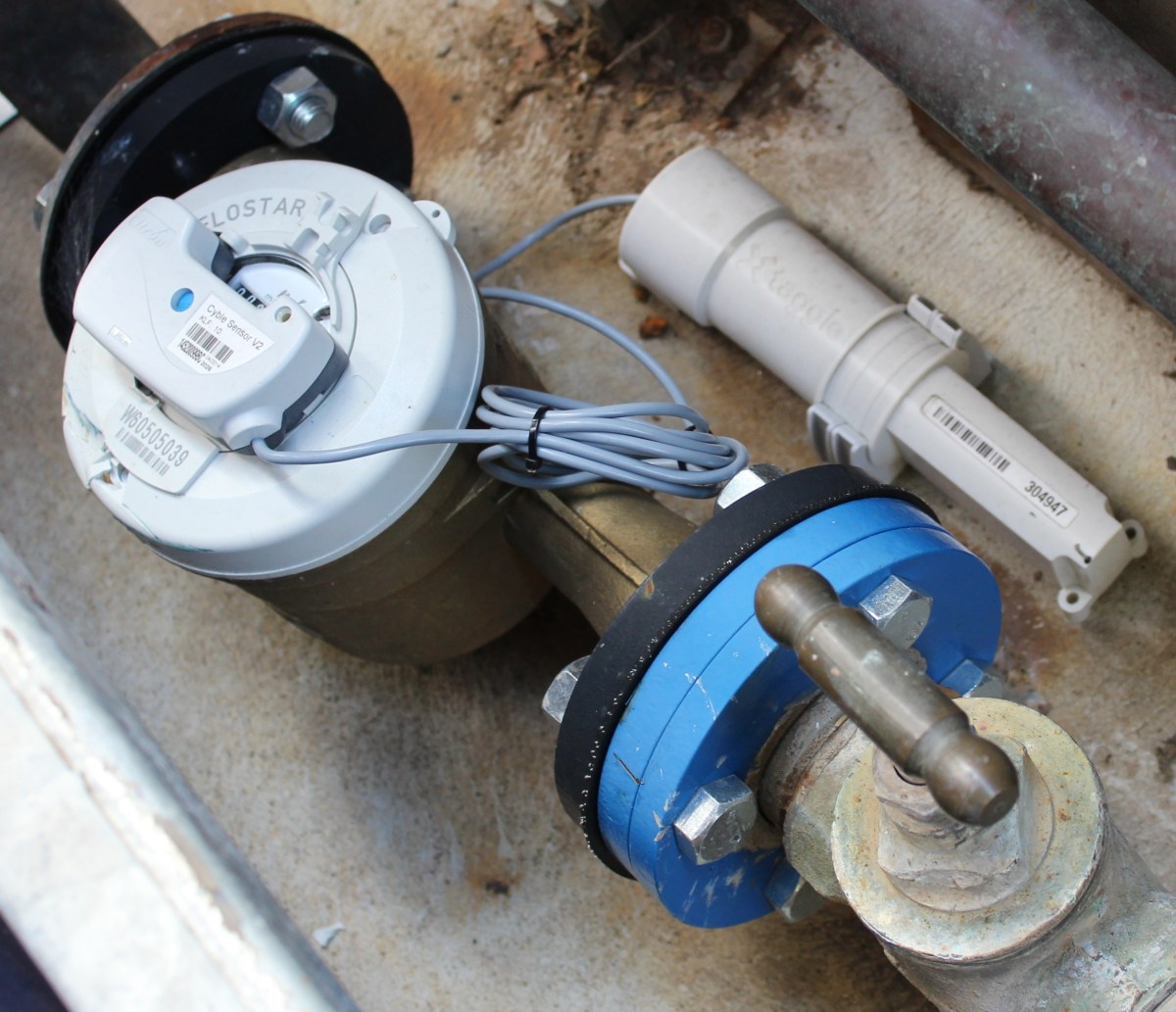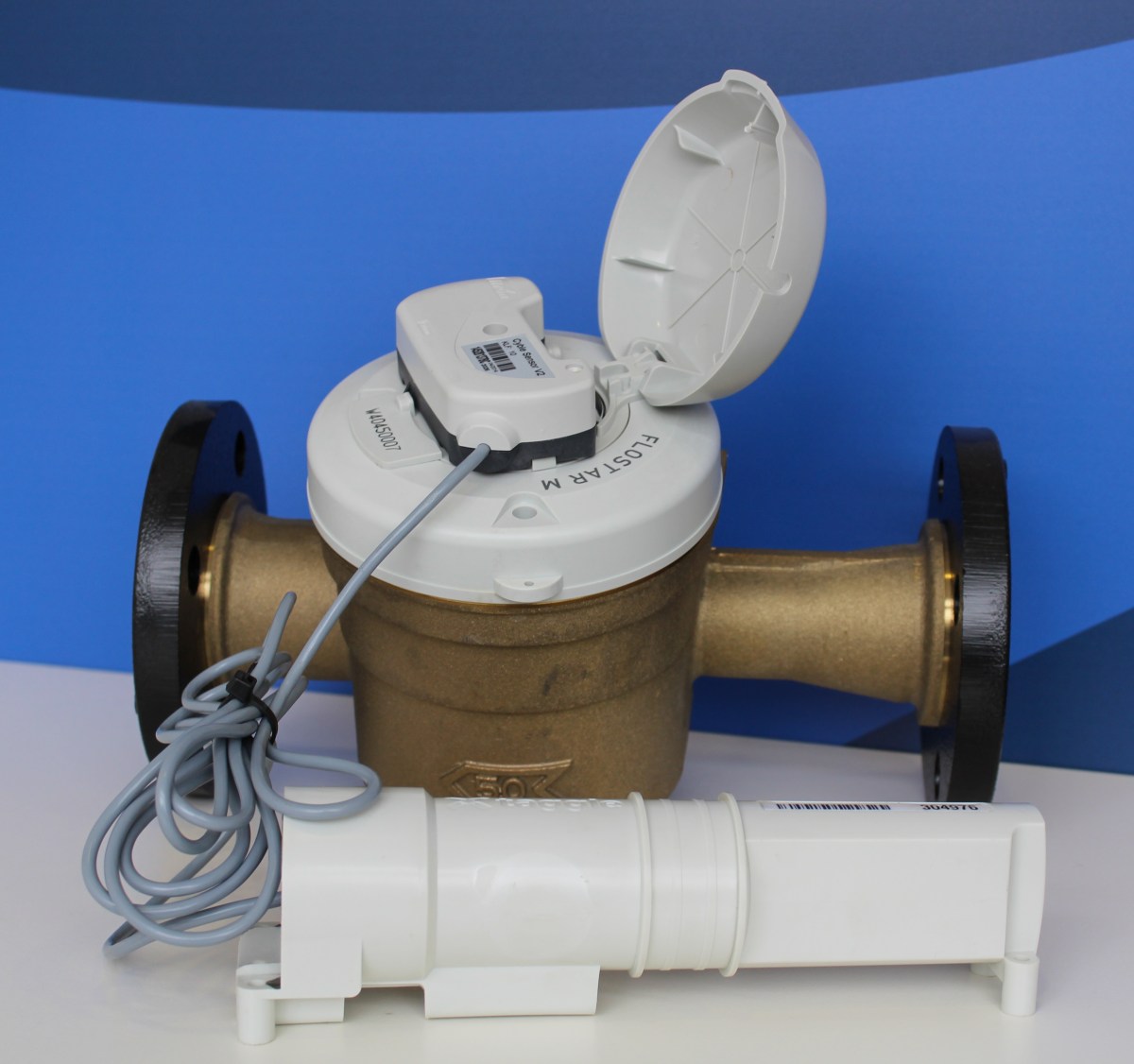
Smart technology helps SA Water catch the breaks
A $4 million investment in smart technology has had an immediate impact on the reliability of the water supply in Adelaide’s CBD.

Dr Helen Edmonds, Manager Water Assets at SA Water
Since SA Water went live with a customised network of more than 300 sensors, meters and leak detectors in July last year, half of the potential disruptive mains breaks under city streets have been averted.
The automated system – one of the largest of its type in the world – is able to identify even small leaks with great accuracy, allowing maintenance teams to respond before a problem escalates.
“We are finding leaks before they become big breaks, which we previously didn’t have the ability to do,” said Manager Water Assets, Dr Helen Edmonds. “And we’re still refining the system. We are confident we can get that half up to around two-thirds.
“We will never get them all – some faults happen without any warning. But when we get warning we can respond, and we can also go back and look at the data and see where there was no warning.”
The system, which went from business case to operational in just six months, is attracting interest interstate, with delegations from WA, Queensland and Victoria visiting Adelaide to see things first hand and other States keeping in touch. The reason is the size and complexity of the project.
“Our understanding is we’re one of the first in the world to implement this number and range of sensors in such a confined area,” Dr Edmonds said. “There are some that do acoustic sensing, there are others that do transient sensing, but there are very few that have done both with the density we have.”

Acoustic sensing is the key to finding leaks before they become breaks. The system listens to water flowing through pipes and picks up any tell-tale changes in volume or pitch. Smart software can do a correlation between two adjacent noise loggers and estimate within a few metres where a leak is likely to be.
Transient sensing can pick up high-speed pressure waves (known as transients) that are much like the water hammer in domestic pipes. While some transients are normal, severe ones can weaken or damage pipes. Transients also are created if a main breaks, so they can be an alert that something has happened.
“The analytic system we’ve put in place learns what’s normal for the network,” Dr Edmonds said. “If there’s a specific transient in a certain place the same time every day, it learns that; it knows it’s normal so gives it a lower priority. But if it hasn’t seen one before it puts a high-priority alarm out, particularly if it’s big.”
Smart networks are now widely used in the US, Europe and parts of Asia, but the concept is broad and systems vary.
SA Water decided what it wanted to monitor and what kind of sensors it wanted to put out then went out to the market for an analytics platform that would help it pull the data in, do analysis and make decisions.

“We have some great people who really understand our network and what’s happening within it. We looked at the history of failures in the CBD and what technology was going to best help us stop those we can stop.
“The CBD network is mainly cast iron pipe, and previous research suggested cast iron sometimes leaks before it breaks, so we knew we wanted acoustics. We also were very conscious that our CBD, like others, has transients in it, mainly caused by high rise buildings and building fire services, especially when these fire services are tested.”
Determining where to place individual sensors for optimal performance was complex, and around a third of the acoustic sensors were moved during the first six months of monitoring and refining. This included building an understanding of what the data was telling them and how they should respond.
Few changes were required in SA Water’s Operations Control Centre, other than the installation of a few new screens and the training of staff.
SA Water also is working with researchers at Adelaide University to improve elements of the acoustics and expand its analytical ability – not just for operational response but for asset management and long-term planning of the network.
“We want to refine how we do prioritisation for pipe replacement programs,” Dr Edmonds said.
Eleven different pipes bring water into the CBD mainly from the Happy Valley and Hope Valley reservoirs and also take it out to the north and west. Not all are used at any given time and SA Water can reconfigure the system to meet specific needs.
One priority is not to use the pipe running under the east parklands in the week before and during the Adelaide 500 – just in case.




